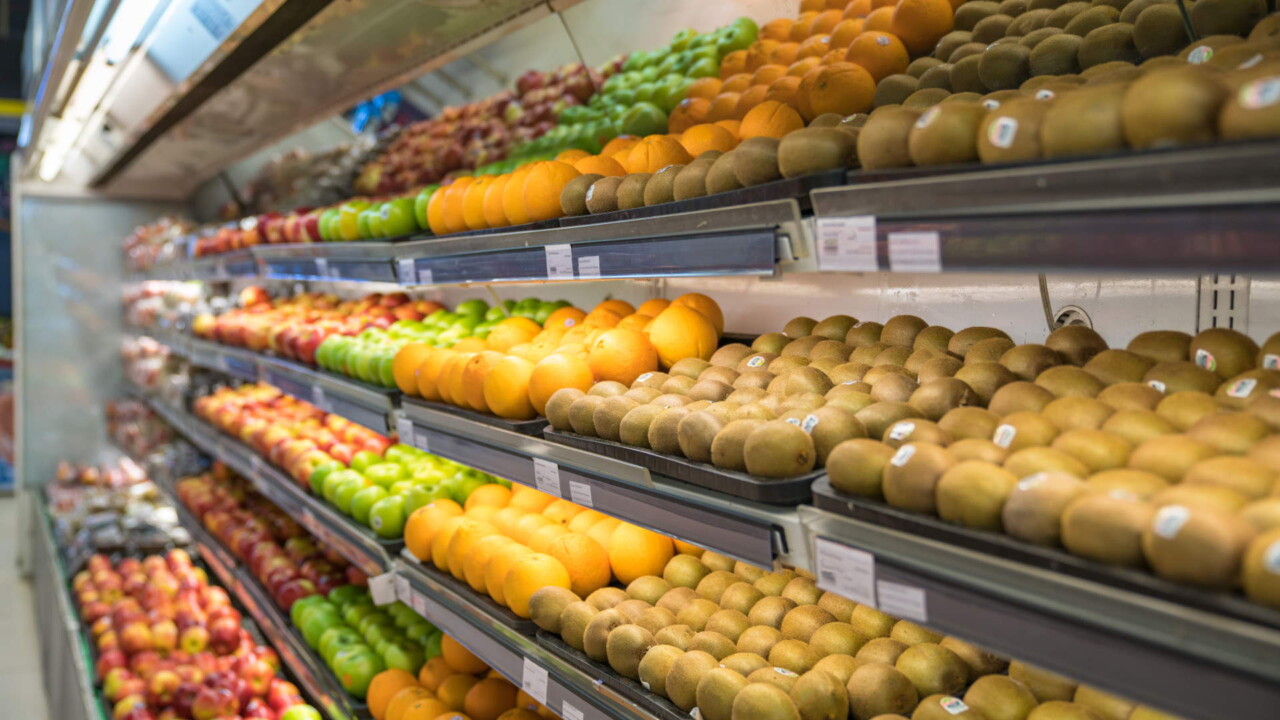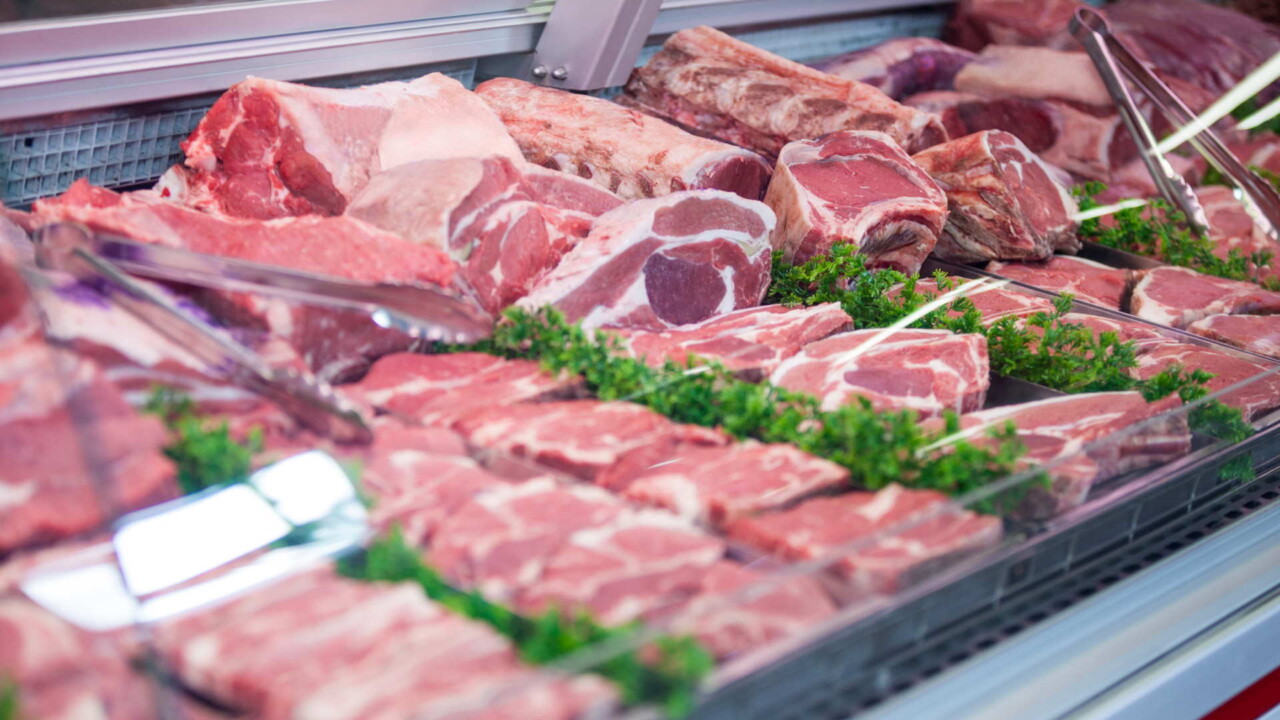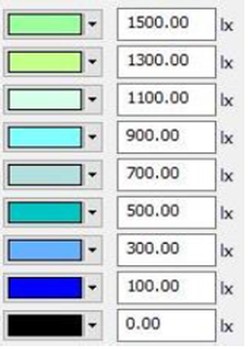Food lighting solutions – special light colours
The right light colour plays a crucial role in food presentation. Different food groups require special light colours to emphasize their freshness and attractiveness.
Fruit & vegetable
Neutral white light from approx. 3500K is preferred because it enhances the natural colours of fruit and vegetables. They appear more vibrant, and the freshness is emphasized.
Cheese & Pastry
Warm white light is used to optimally emphasize the colour spectrum from yellow to golden brown. A high CRI also improves the perception of the texture of cheese and baked goods.
Meat
For meat products, a light colour between 2700 and 3500 K is often used, which emphasizes reddish tones to highlight the red colour of fresh meat. Bright and particularly intense light, as well as the use of the wrong light spectrum, can even accelerate graying. That is why we have developed a specific light for meat and sausage products. Our “Fresh Meat” colour ensures the perfect balance of light quantity and mix of the right light spectra. With less blue in the white light, we reduce the light energy and thus slow down the oxidation process. The optimal light colour for meat cannot be clearly determined because subjective perception differs in different cultures and countries. lxpro therefore offers various meat light colours to meet global requirements.
Fresh Fish
Cold light is used to illuminate fish to better emphasize the freshness of the fish. The blue and silver spectrum of this product group is emphasized. Here, too, a higher CRI highlights the texture.
Colour Rendering Index (CRI)
What is it and why is it important?
The Colour Rendering Index (CRI) is a measure of how natural and vibrant colours appear under a light source. The CRI is given on a scale of 0 to 100. The higher the value, the more realistic and closer to the colour rendering under natural daylight the colours are displayed. In the presentation of food, the correct colour is crucial as it directly influences the attractiveness of the products presented in the supermarkets. A high CRI makes food appear fresher and more appealing. The right light can have a positive influence on purchasing decision by enhancing visual stimuli. CRI values of over 90 are recommended for product presentation.
Colour temperature and light colours in product presentation
Light colours refer to the colour temperature of the emitted light, which is measured in Kelvin (K). This temperature influences how warm or cold the light appears. Ceiling lighting is usually based on the purpose of the room lighting and the desired association. Warm white light, for example, has a cozy effect and is often used in wine departments to create a homely atmosphere and increase the length of time customers spend in the store. In product presentation, the colour temperature is usually chosen based on the colour of the products. In order to emphasize the natural colours of the products and increase their attractiveness, colour temperatures should be used that reflect the colour spectrum of the product group.
Lighting for refrigerated display cases
Each type of shelving needs an individual lighting solution. It doesn’t matter whether it’s classic shelving, half-height furniture, counters, top freezers or hybrids, whether open or closed – we have the proper lighting system. The decisive factor is the balance between light quantity (lumen) and distribution (lux), coordinated with the shelf geometry, the design of the pusher and the product group.
Lumen vs. lux
Lumen describes the total amount of light emitted by a light source. Simply put, you can use this to derive the brightness of a lamp. However, the beam angle of the lamp determines how much light actually hits the object to be illuminated. The luminous intensity or light intensity measured directly on the object is given in lux. Lux (lx) therefore describes the brightness level on the surface of the product. That is why the lux specification in product lighting is crucial to understanding the customer’s requirements. Products that are particularly sensitive to light, such as meat, should not be illuminated with very intensive light, as this can accelerate the graying process.
For this reason, lxpro uses lens technology to direct light in a targeted and precise way. The adjusted beam angle ensures the highest product efficiency. Only the amount of energy necessary is used to minimize losses due to light scattering, which is maximally focused on the front of products displayed on shelves of refrigerated display cases.
Advantages of lens technology
Vertical lighting LCR V (lens technology) in the closed refrigerated display case
Vertical lighting without lens technology
With the same power consumption and identical lumen, the product front with optimized lens (left) is brighter (200%) and more homogeneously illuminated.














